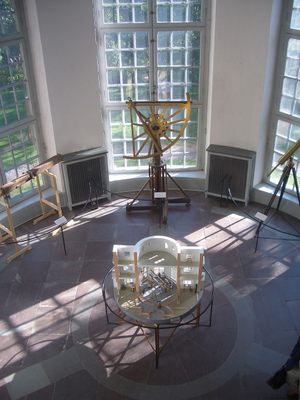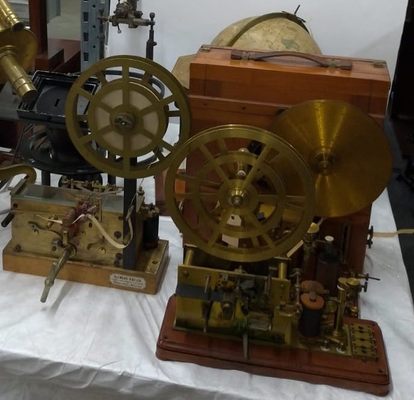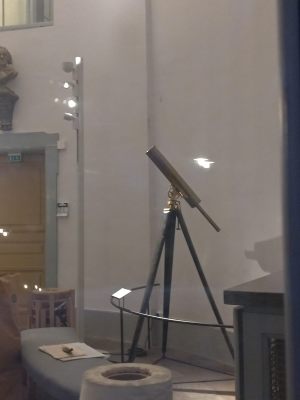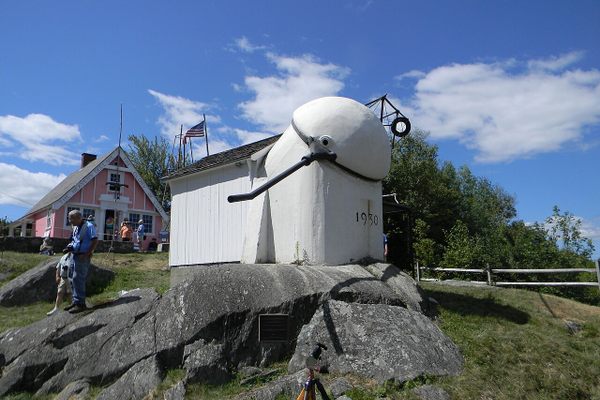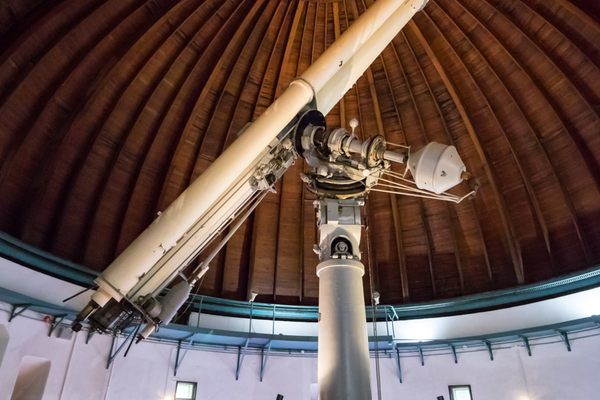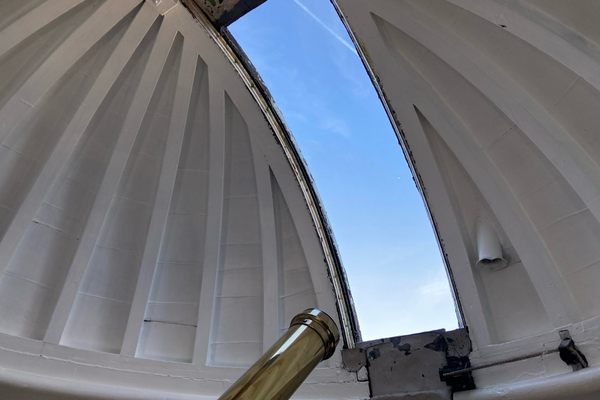About
Stockholm’s oldest observatory, a bright orange building that crowns a hilltop, was completed in 1753. It looks like a castle capped with a single dome. The observatory was built not to help astronomers understand the universe, but to map its movements and chart the stars.
This practice allowed astronomers to deduce the time accurately. To do this, a special meridian telescope was created and a meridian line was drawn. This was the prime meridian of Sweden until Greenwich became the world’s standard in 1884.
At first, the meridian line was on the right side of the building and passed through a small meridian building that was attached to the main structure. It was defined as the line that ran exactly north-south through the meridian telescope. All time measurements were taken by measuring the exact moment that a star passed this line. This is the exact same method as sailors used with their sextants.
Oddly enough, the Stockholm meridian hasn’t always been in the same place. In 1878, it was shifted 59 feet (18 meters) west of its original location. It was moved because the old meridian telescope was being replaced and the new one was put on the other side of the building.
Since it was too much of a hassle to adjust all measurements to match the old line, the astronomers voted instead to move the meridian. This effectively changed the Swedish time by moving it 0.04 seconds back. Fortunately, people did not notice this small change, but today such an alteration would be enough to disorient GPS and other location services.
Related Tags
Know Before You Go
Entrance to the grounds is free. There is a cafe in one of the satellite buildings and an amateur astronomer club in the other. If there are people there, feel free to talk to them. The main building is only accessible during open days; currently, this is once a month on the 20th.
In 2018, the city purchased it and plans to turn it into a museum.
Community Contributors
Added By
Published
March 20, 2019


